Matheran: A Timeless Retreat Amidst Nature’s Splendor
Nestled amidst the serene Sahyadri range in Maharashtra, Matheran stands as a timeless testament to nature’s beauty and tranquility. Often referred to as the ‘smallest hill station in India,’ this picturesque destination offers a refreshing escape from the hustle and bustle of city life, allowing visitors to reconnect with nature and themselves. In this article, we will delve into the enchanting charm of Matheran and explore the myriad attractions that make it a must-visit destination for nature lovers and adventure enthusiasts alike.
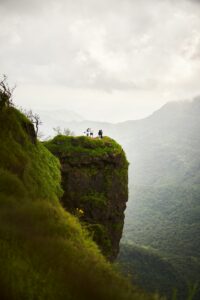
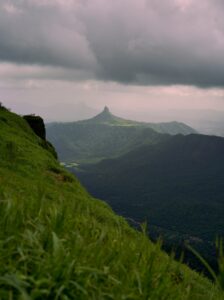
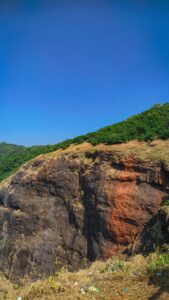
A Car-Free Paradise
One of the unique aspects of Matheran that sets it apart from other hill stations is its ban on motor vehicles. This eco-friendly approach ensures that the air remains clean and unpolluted, enhancing the overall experience of being in harmony with nature. Visitors can explore the scenic pathways on foot, horseback, or by hand-pulled rickshaws, allowing for a leisurely and immersive experience of the breathtaking landscapes that unfold at every turn.
Spectacular Panoramic Views
Matheran is renowned for its panoramic viewpoints that offer mesmerizing vistas of the surrounding valleys, lush forests, and distant peaks. Sunset Point and Echo Point are among the most popular spots to witness the sun painting the sky in hues of gold and crimson, casting a magical spell that leaves visitors spellbound. The serene Charlotte Lake, nestled amidst verdant hills and dense woods, provides a tranquil retreat for those seeking peace and solitude amidst nature’s embrace.
A Paradise for Trekkers and Adventurers
For adventure enthusiasts, Matheran offers a plethora of trekking trails that cater to varying levels of difficulty and expertise. The trek to One Tree Hill Point is particularly exhilarating, rewarding trekkers with panoramic views of the Western Ghats and the pristine beauty of the surrounding landscape. Horse riding and valley crossing are other popular activities that allow visitors to explore the rugged terrain and lush forests while experiencing an adrenaline rush like never before.
Rich Flora and Fauna
Matheran is a biodiversity hotspot, home to a rich variety of flora and fauna that thrives in its pristine ecosystem. The dense forests of Matheran are teeming with diverse species of plants, trees, and wildflowers, providing a haven for nature lovers and botany enthusiasts. Birdwatchers can spot a myriad of avian species, including colorful butterflies and rare birds that add to the vibrant tapestry of life that flourishes in this enchanting hill station.
Preserving the Heritage and Legacy
Recognizing the importance of preserving its natural heritage and legacy, Matheran has been declared an eco-sensitive zone and is under the protection of the Matheran Eco-Sensitive Zone Management Authority. Strict guidelines and regulations are in place to ensure sustainable tourism and conservation efforts, allowing visitors to enjoy the beauty of Matheran while contributing to its preservation for future generations to cherish and appreciate.
In Conclusion
Matheran is not just a destination; it’s an experience that rejuvenates the mind, body, and soul. Whether you’re seeking adventure, tranquility, or simply a break from the monotony of daily life, Matheran offers something for everyone. With its pristine landscapes, panoramic viewpoints, and rich biodiversity, Matheran beckons travelers to embark on a journey of discovery and exploration, promising memories that will last a lifetime. So, pack your bags and embark on an unforgettable escapade to Matheran, where nature’s splendor awaits at every turn.
Frequently Asked Questions (FAQ) About Matheran
- Where is Matheran located?
- Matheran is located in the state of Maharashtra, India, nestled amidst the Sahyadri range.
- How do I reach Matheran?
- Matheran is easily accessible by train, with the nearest railhead being Neral Junction. From Neral, visitors can take a toy train or a taxi to reach Matheran. It is also possible to drive directly to Dasturi Naka, the entry point of Matheran, and then proceed on foot, by horseback, or by hand-pulled rickshaw to reach the town.
- Is there a ban on motor vehicles in Matheran?
- Yes, Matheran is a car-free zone, and the use of motor vehicles is prohibited within the town limits to preserve its eco-friendly environment. Visitors can explore Matheran on foot, by horseback, or by hand-pulled rickshaw.
- What are the popular attractions in Matheran?
- Some of the popular attractions in Matheran include Sunset Point, Echo Point, Charlotte Lake, One Tree Hill Point, and various trekking trails that offer breathtaking views of the surrounding valleys, forests, and peaks.
- Are there trekking opportunities in Matheran?
- Yes, Matheran offers a variety of trekking trails catering to varying levels of difficulty and expertise. The trek to One Tree Hill Point is particularly popular among trekkers and offers panoramic views of the Western Ghats and the surrounding landscape.
- What activities can I enjoy in Matheran?
- Visitors to Matheran can enjoy a range of activities including trekking, horse riding, valley crossing, birdwatching, and exploring the scenic viewpoints and lush forests that the hill station has to offer.
- Is Matheran safe for tourists?
- Yes, Matheran is a popular tourist destination and is considered safe for visitors. However, it is always advisable to exercise caution, follow local regulations, and take necessary precautions to ensure a safe and enjoyable experience.
- Are there accommodation options in Matheran?
- Yes, Matheran offers a variety of accommodation options ranging from budget guesthouses and cottages to luxury resorts and hotels. It is advisable to book accommodation in advance, especially during peak seasons and holidays, to ensure availability and secure the best rates.
- What is the best time to visit Matheran?
- The best time to visit Matheran is during the months of October to May when the weather is pleasant, and the hill station is enveloped in lush greenery. Monsoon season (June to September) offers stunning views of the waterfalls and is ideal for nature lovers, while winter season (November to February) offers cool and crisp weather, making it perfect for outdoor activities and sightseeing.
- Is photography allowed in Matheran?
- Yes, photography is allowed in Matheran, and visitors are encouraged to capture the stunning landscapes, panoramic views, and unique flora and fauna that the hill station has to offer. However, it is advisable to respect local customs and privacy when taking photographs of people and religious sites.


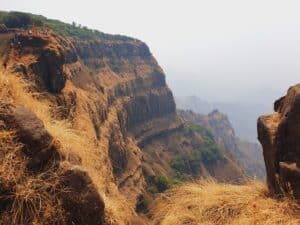
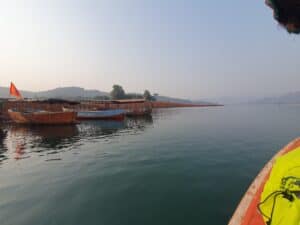




Hi, this is a comment.
To get started with moderating, editing, and deleting comments, please visit the Comments screen in the dashboard.
Commenter avatars come from Gravatar.